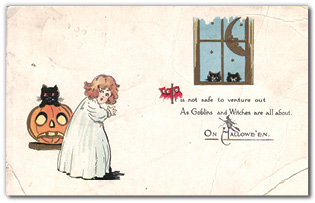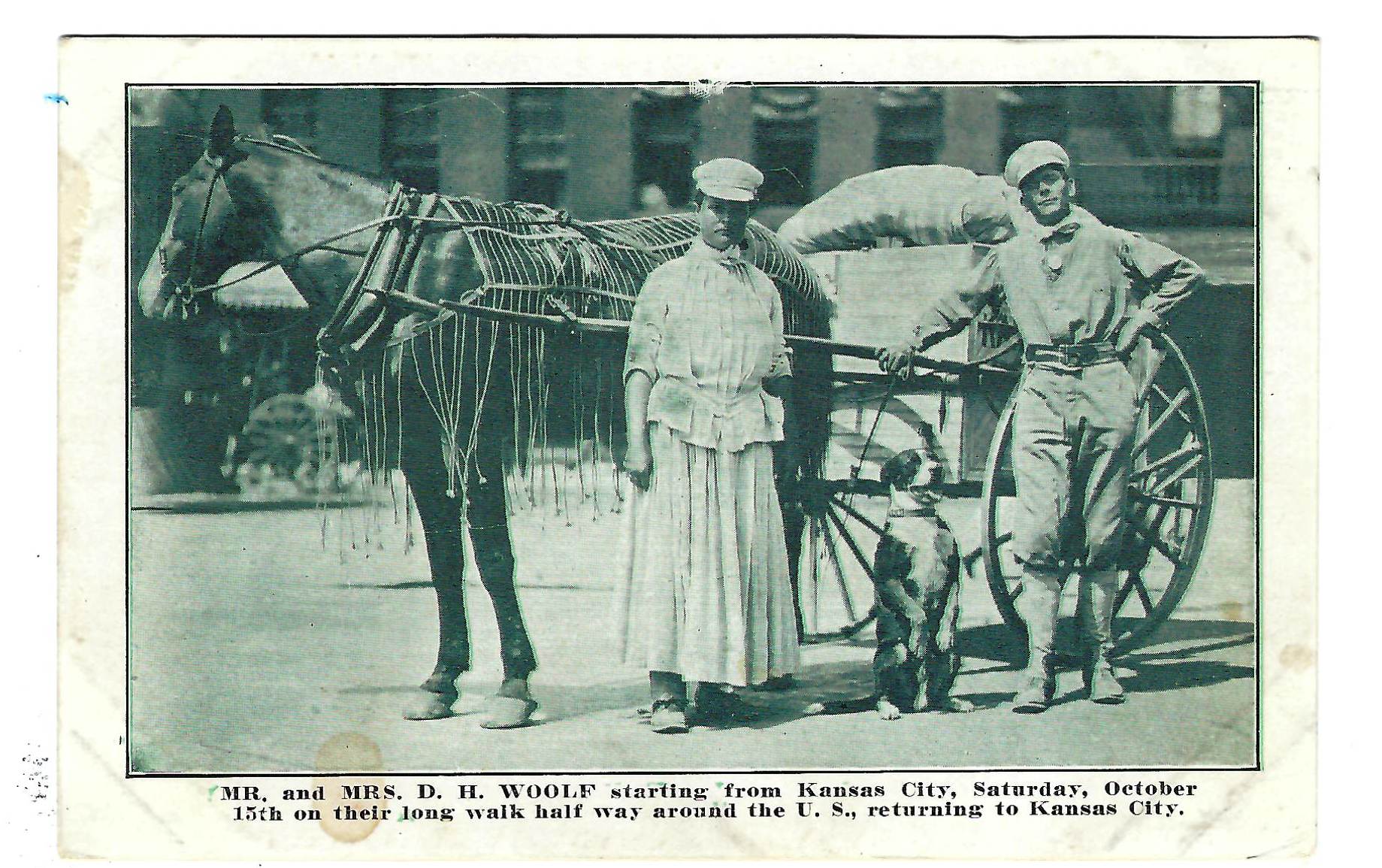
By MICHAEL BUSHNELL
Northeast News
October 29, 2014
Marked by old greeting postcards like these, the tradition of Halloween traces its origins to the ancient Celtic holiday “Samhain” (pronounced “sowe-in”), celebrating the end of the traditional summer growing season on October 31st.
The Celts, who lived 2,000 years ago in the area that is now Ireland, the United Kingdom and northern France, celebrated their new year on November 1st. This day marked the end of the harvest and the beginning of the dark, cold winter – a time of year that was often associated with human death. Celts believed that on the night before the new year, the boundary between the worlds of the living and the dead became blurred.
On the night of Samhain, it was believed that the ghosts of the dead returned to earth. One story says that on that day the disembodied spirits of all those who had died throughout the preceding year would come back in search of living bodies to possess for the next year. It was believed to be their only hope for the afterlife. Naturally, the still-living did not want to be possessed. So on the night of October 31st, villagers would extinguish the fires in their homes to make them cold and undesirable and would then dress up in all manner of ghoulish costumes and noisily parade around the neighborhood, being as destructive as possible in order to frighten away spirits looking for bodies to possess.
The custom of carving gourds on Halloween also traces its roots to Ireland and an old Irish tale about a man named Jack who was a noted trickster and drunkard. According to Irish lore, Jack tricked Satan into climbing a tree. Jack then carved an image of the cross into the tree’s trunk, thus trapping Satan. Jack made a deal with the devil that if he never tempted him again, he would let him out of the tree. After Jack died, however, he was denied access to heaven because of his evil ways. Hell had no welcome mat out for Jack either, of course, and instead the devil gave Jack a single ember with which to light his way through the frigid darkness. The ember was placed inside a hollowed-out turnip to keep it glowing longer.
When Europeans brought their customs to America, they learned that gourds (pumpkins) were more plentiful than turnips and so used them to make “Jack’s Lanterns” for the holiday. The word “Halloween” is a shortening of “All-hallow-even,” or the eve of the Christian “All Hallows’ Day,” now known as All Saints’ Day.


















